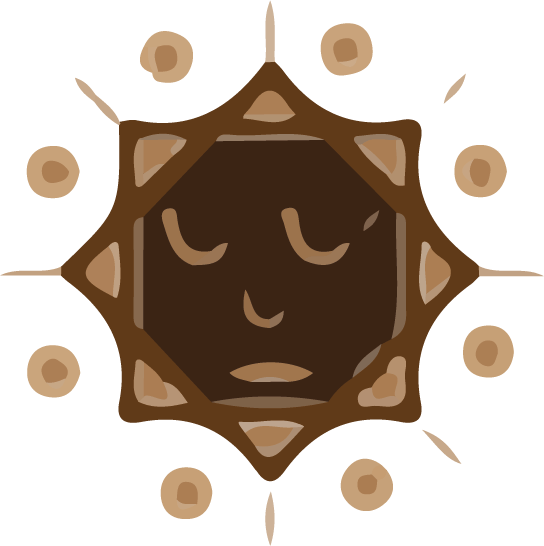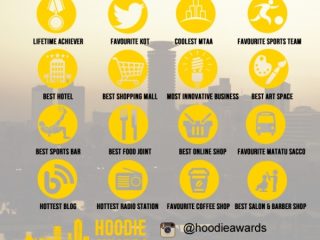The need for us to understand Copyright laws
This is the second article in a 3 part series that I have been writing on the growing number of plagiarism cases (content stealing) in the Kenyan Online space affecting mostly photography bloggers.
My two earlier posts covered 10 cases of plagiarism in Kenya as well as the rampant plagiarism of Kenyan Photographs online with case studies of those who seem to have a target on their backs.
I was not very sure if anyone was following this article series much until one reader asked what happened to this post in the comments section of my 2nd post. So here we go:-
Understand Copyright and Intellectual Property (IP)
Copyright is the legal concept that works—art, writing, images, music, and more—belong to the people who create them. According to copyright law, any original content you create and record in a lasting form is your own intellectual property. This means other people can’t legally copy your work and pretend it’s their own. They can’t make money from the things you create either. To use, copy, or change a copyrighted work, you need permission from the person who holds the copyright
Copyright protects the things you create too. You own the original content you post on your blog. If people copy or steal your intellectual property, you have the right to try to stop them.
Guard your content
The best way to protect your content is to keep an eye out for it elsewhere.These tips can help you tell if your content has shown up on another website or blog:
Use the following plagiarism search services.
These services analyze your blog or site, then search for sites with identical content.
1. Copyscape.com is a reputable site with a free plagiarism search.
2. Set up Google Alerts for excerpts of your posts.
-Google Alerts is a service you can use to automatically email you when sites post new information about a person, thing, or event.
3. Add watermarks to your images.
-A watermark is something you add to an image to identify yourself as its creator—usually a symbol or some text. Watermarks make it easy for you and your readers to recognize images you created. You can easily create watermarks in image editing programs like Picasa and Photoshop.
4. DupliChecker
DupliChecker is a tool 100% free to use. Just copy-paste, or upload your essay, thesis, website content or articles, and click ‘search’, and you’ll get the analysis reports within seconds.
The eLearning Industry site has a list of 9 other Free plagiarism detection tools that will be very ideal to know who else is stealing your work online.
What to do if you find your content on another site
There are two things you can do if you find your images, text, or other media on another website or blog.
1. First, contact the person who runs the blog or site that took your content. Most blogs list a contact email address, but if you can’t find one you can always leave a comment on the offending post.
@tonynjue Watermark is like a lock, it only slows, not prevents theft. People have stolen watermarked images including @pdevoure
— Mutua Matheka (@truthslinger) April 28, 2014
2. Ask them firmly and clearly to remove your content (or give you credit, if you don’t mind sharing it).
“@mainangari: Photo Stealers: A Website Dedicated To Exposing Photography Theft http://t.co/9seDUBVZ via @petapixel” Cc @truthslinger — Nucky Will.I.Am (@Namuks) July 1, 2012
3. If contacting the blogger doesn’t work, you may want to involve your friends on Social media, online influencers and the Bloggers Association of Kenya (BAKE) in obliging/shaming the offender to submission.
NB. If it is serious case of plagiarism esp of images used without consent by a media house or large corporation to advertise a product, you might want to engage the services of an Intellectual Property Lawyer.



Leave a Reply